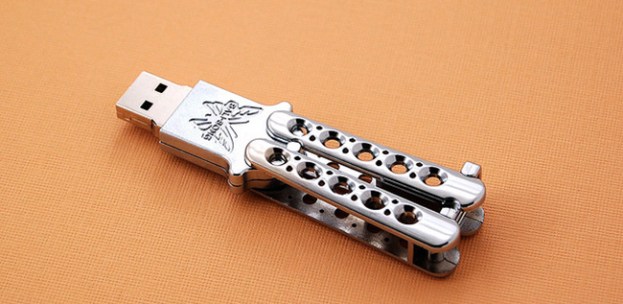
If you’ve yet to update Windows in recent days, do so now – especially if you have a proclivity towards plugging in random USB drives on your computer, or if there’s someone else who uses your computer at home. A recently issued Windows update contains a patch that fixes a Windows vulnerability that allows your system to be exploited by malware introduced by thumb drives.
When compromised flash drives are plugged into a computer, the system can automatically execute malicious codes that could install viruses and keyloggers on your computer, giving attackers remote access to your sensitive files and data. Companies with huge networks of interconnected computers are the most at risk, as all it takes to be infected is one not-so-tech-savvy worker to use a USB stick of unknown origin. A notable example of a security breach caused by an infected thumb drive is the 2008 widespread virus infection at a U.S. military base in the Middle East. The malware that came from an unknown thumb drive plugged into a laptop went on to infect the base’s whole network, even its computers containing classified information.
If you have automatic update enabled, you probably already have the patch. Otherwise, you can manually it via the Microsoft Update service. You can check out the details of the patch on the security bulletin issued along with its release.
(Image credit: Vladim Molochnikov)
Editors' Recommendations
- Windows 11 might nag you about AI requirements soon
- You’re going to hate the latest change to Windows 11
- How to disable VBS in Windows 11 to improve gaming
- The most common Microsoft Teams problems and how to fix them
- How to factory reset Windows 10 or Windows 11

